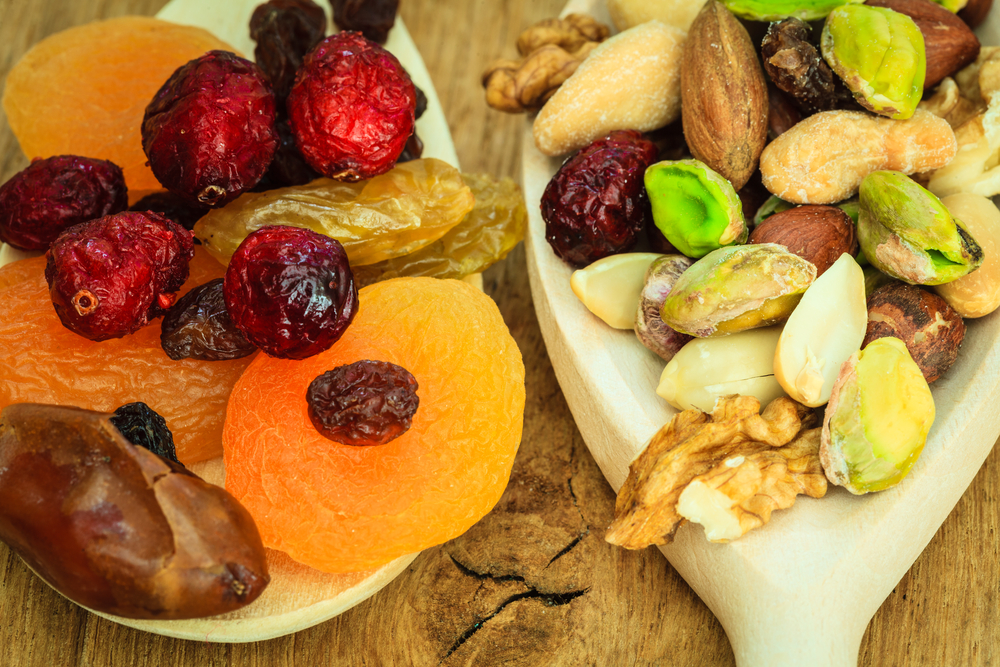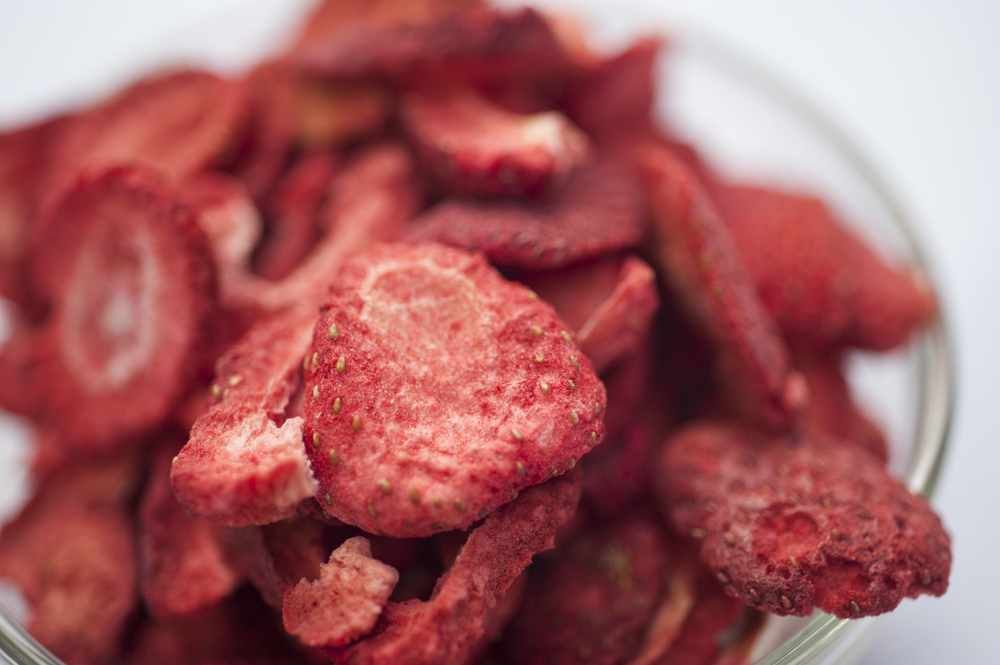
TORONTO — With stalls at farmers markets and supermarkets overflowing with ripe, colourful fruits and vegetables, it’s tempting to take home baskets of peaches and tomatoes and bunches of beets.
But then what do you do with it all?
Home economist and recipe developer Jennifer MacKenzie suggests dehydrating as a way of preserving.
“One of the huge advantages of dehydrating is that everything becomes very small once it’s dehydrated so your storage space is very minimal compared to jars of things or freezer space,” says the co-author of ‘The Dehydrator Bible’ (Robert Rose Inc., 2015).
“I always think of the forms of preserving as you can root cellar, you can pickle or can, and then you can freeze, but by dehydrating everything shrinks down to so little that you can keep so much more produce in a very small space.”
For the book, she collaborated with husband Jay Nutt, co-owner of Nuttshell Next Door Cafe in Lakefield, Ont., and Don Mercer, an associate professor in the food science department at the University of Guelph. Nutt and MacKenzie provided the culinary know-how, while Mercer contributed the scientific expertise, such as gauging the proper temperatures for drying and how long it generally takes to dry food depending on size and moisture content.
Along with tips and 150 recipes for dehydrating herbs, seasonings, fruits, vegetables, meats and fish, there are more than 250 recipes that use the dehydrated foods as ingredients, whether at home, camping or in a dorm room. Dried items can be used in relishes, chutneys, soups, stews and baked goods.
“I always get enthusiastic. I buy that big bag of apples that’s on special and then I think, ‘I’ll just dry a whole bunch,’ and then I add them to my porridge and I snack on them and I chop them up and add into muffins,” MacKenzie said from Lakehurst, Ont.
“Once you get into the habit of using your dehydrator, whether you go and buy produce specifically for that or you just have excess you don’t know what to do with it, if you have your dehydrator on hand you can always use that up and you don’t feel bad if you’re not using it up.”
Removing moisture from foods intensifies their flavours.
The juicier the item, the longer it takes to dry. Whole grapes can take 20 to 36 hours (18 to 20 hours if cut in half) while celery takes six to eight hours.
Green beans, zucchini slices and kale or apple chips can be dried with no added fats or sodium and make healthy snacks.
Dehydrated soup mix packed in self-sealing plastic bags is just one idea for toting on camping trips and less expensive than buying pouches which have the seasonings mixed in.
Dried foods are also ideal dorm room cuisine, just needing boiling water to prepare.

“If people only have a hot plate and microwave you can boil the water and make macaroni and cheese or tofu lentil and peanut meatloaf, fajitas. You can do all kinds of things with very little equipment.”
Dehydrators come in various sizes and prices, though the authors found they achieved efficient drying with models that didn’t have all the bells and whistles. They don’t recommend using the home oven as most can’t be set to a low enough temperature for drying, optimally 55 C (130 F) for most items.
Those new to dehydrating are often tempted to remove items before they’re completely dried.
“The best thing is to break a piece open and squish it and if any liquid comes out, then it’s not dry yet,” says MacKenzie.
“I always caution people to overdry if you’re not sure. Leave it in a couple of extra hours just to make sure because drying it longer is better than not drying it enough. If you don’t dry it enough, you put it all in your containers and go back in a couple of weeks and it will be mouldy.”
Cut pieces of food uniformly so they dry evenly.
And if you’re dehydrating onions, MacKenzie suggests doing it in the garage or open a window.
“It does get fragrant.”
One comment on “Preserve summer bounty by dehydrating foods to use in recipes year round”
Comments are closed.